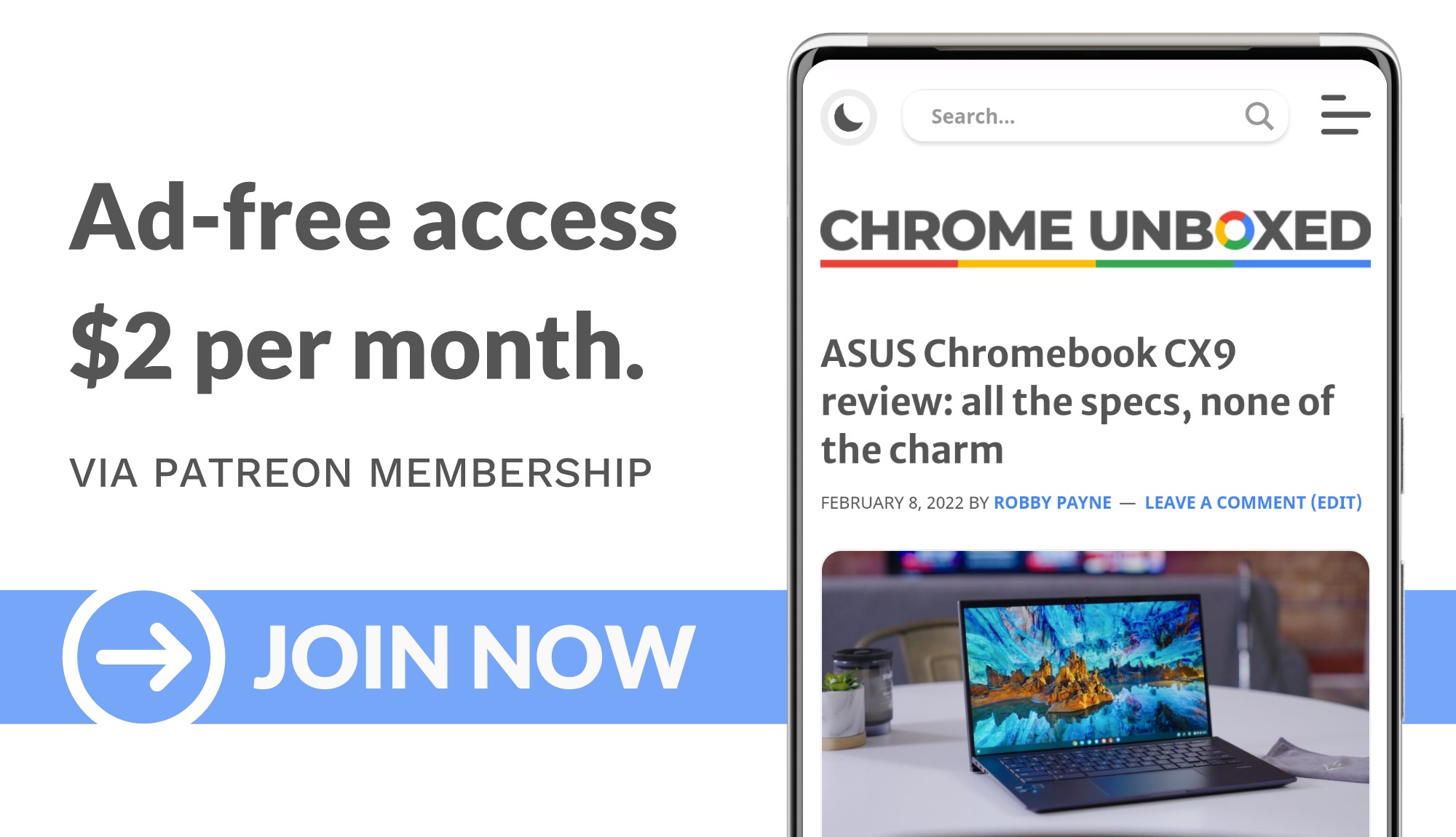
It seems like lately that PWAs are all the rage. Well, at least around our office, anyway. To be honest, there are still plenty of people who don’t know anything about PWAs (progressive web apps) and, frankly, don’t need to. At the end of the day, if a PWA is built well and delivered seamlessly, there’s no real reason to trumpet the fact that it is built on web standards, fully-cross platform, and part of a futuristic take on the way apps can be made.
Instead, the more native a PWA feels, the better. We’ve seen a handful of examples of this behavior from Twitter, YouTube TV and Google News being delivered via the standard Play Store route on a Chromebook, but installing the PWA instead of the Android APK. As long as the app delivers the goods, it really doesn’t matter what type it is, right? PWAs are smaller, cleaner, always up to date, and give users the same experience on all platforms, so why wouldn’t you want that version instead?
As PWAs become more and more normalized, the real trick to getting adoption more widely accepted is to create experiences in the installation and removal that are no different than native apps on all platforms. It’s tricky and we all have habits that make it even tougher. In the end, users feel more comfortable installing apps from a centralized app store, so the more app-store-like developers can make the PWA experience, the better.
While Google is just now making inroads for Chromebook users in the Play Store, Windows has allowed PWAs in their store for a long time now. However, the PWAs installed via Chrome – not Edge – have not been part of the native install/uninstall process up to this point. Instead, removing them means going into your apps section in the Chrome browser and removing it there. The general Windows installation simply doesn’t work and you have to actually find your Chrome-based PWAs in the Chrome apps section of the browser to get rid of them. It’s not user friendly at all. To be fair, with Windows, the system defaults to Edge-based PWAs and those behave just as you’d expect, allowing uninstalls to happen the exact same way as native applications and it has been this way for over a year.
The fact is plenty of users leverage Chrome on Windows, however, and that means prompts from sites like Twitter and many others will result in users installing PWAs directly from the web more and more as time goes on. Those same users need a way to get those apps off their devices when they desire, and that process needs to follow in the footsteps of native apps on Windows just like it should on every other OS. It looks like that is finally happening.

Spotted by a Reddit user and reported by Android Police, Windows is finally getting proper, unisnstallable PWAs via the Chrome browser in the Developer and Canary channels, currently. This means you can install a PWA like Twitter right from the web and when you choose, uninstall it just like any other, standard Windows application. I ran the command line feature flag and was able to get Twitter installed with Chrome in the Developer Channel and uninstalling it was as simple as any other Windows application.
This may sound small, but these types of moves are what will make users more and more comfortable with PWAs moving forward, and that is a big win for developers across the board. Progressive Web Apps give app makers a one-app-for-all ability that no other platform has. With apps like Stadia and GeForce NOW both showing us just how powerful these web-based PWAs can be, the next step towards deeper adoption of them is making the experience surrounding them better and more seamless. This is a bigger step in that direction than most understand, and it’s great to see. We’d expect this to hit the Stable build of Chrome in the next few version releases, so keep an eye out for it.


Leave a Reply
You must be logged in to post a comment.